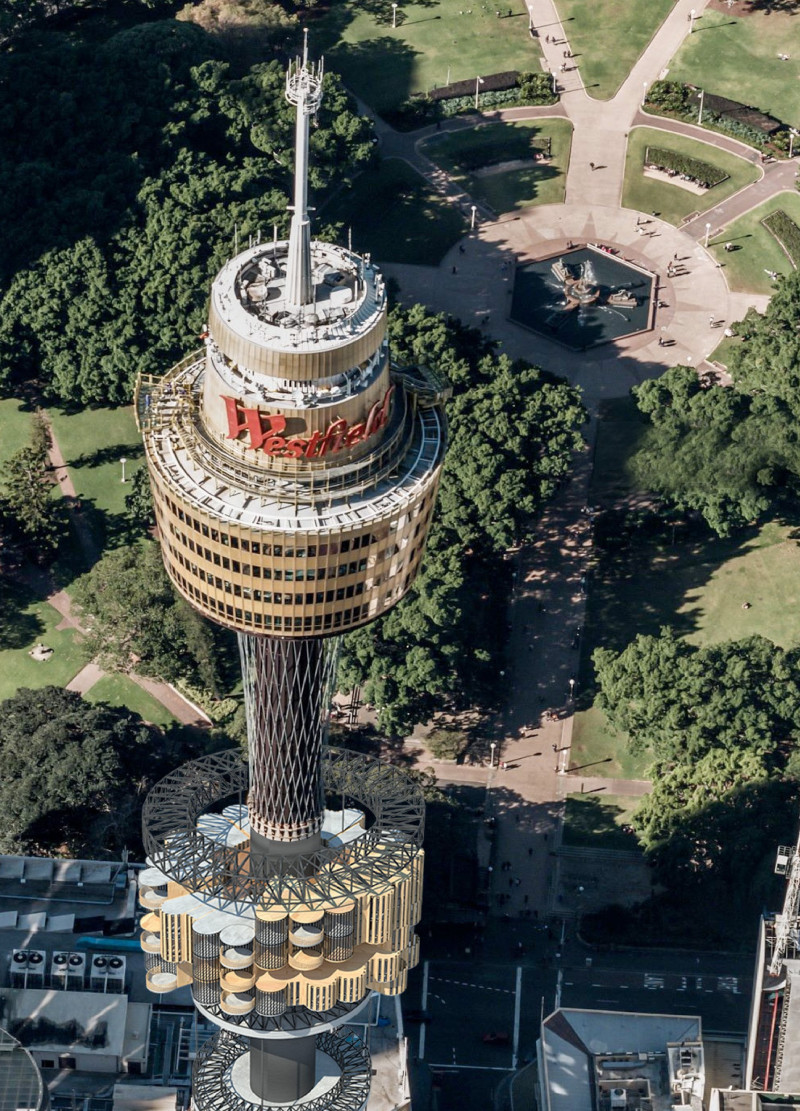5 key facts about this project
At its core, the project is designed to offer a range of housing options that cater to diverse demographics, reflecting the varied lifestyle choices of contemporary urban dwellers. By incorporating flexible living arrangements, the architecture promotes a sense of adaptability and community engagement. The functional layout features modular units that can be customized to meet specific user needs, allowing for personalization within a coherent design framework.
One of the key aspects of this project is its clever use of space. The layout is strategically organized to enhance both private and communal interactions among residents. Generous common areas create opportunities for socialization, while private spaces maintain a sense of tranquility. Each unit includes expansive balconies and large windows, maximizing natural light and providing residents with uninterrupted views of the surroundings, which helps to bring the outside in.
The selection of materials plays a pivotal role in defining the project’s identity. The harmonious blend of traditional brick and modern timber elements reflects an approach that honors the area’s historical significance while embracing contemporary techniques. This thoughtful materiality not only contributes to the aesthetic appeal of the building but also enhances its sustainability features. For instance, the timber cladding provides warmth and comfort, while strategically placed green roofs and gardens absorb rainwater and reduce heat buildup, showcasing the project’s commitment to environmentally responsible design.
The structural system itself is another innovative aspect of this residential endeavor. Utilizing a truss and tensile framework enables a lightweight design that maintains stability while allowing for an open and inviting atmosphere. This design approach not only fulfills aesthetic objectives but also adheres to principles of resource efficiency and environmental sustainability.
Unique design strategies employed in this project further highlight its commitment to progressive urban living. The integration of renewable energy solutions, such as solar panels and wind turbines, ensures that the building operates with minimal environmental impact. Additionally, communal gardens and shared amenities are seamlessly woven into the overall design, facilitating interaction among residents and fostering a sense of community ownership over shared spaces.
Overall, this architectural project stands as a testament to what modern urban housing can achieve by balancing function, aesthetics, and sustainability. The thoughtful design decisions and innovative approaches present in this project illuminate new possibilities for residential architecture in urban settings. Readers interested in understanding these ideas in greater depth are encouraged to explore architectural plans, sections, and design specifics that showcase how such concepts are realized in practice. Engaging with these architectural designs offers valuable insights into the multifaceted nature of urban living solutions and the evolving landscape of contemporary architecture.


























